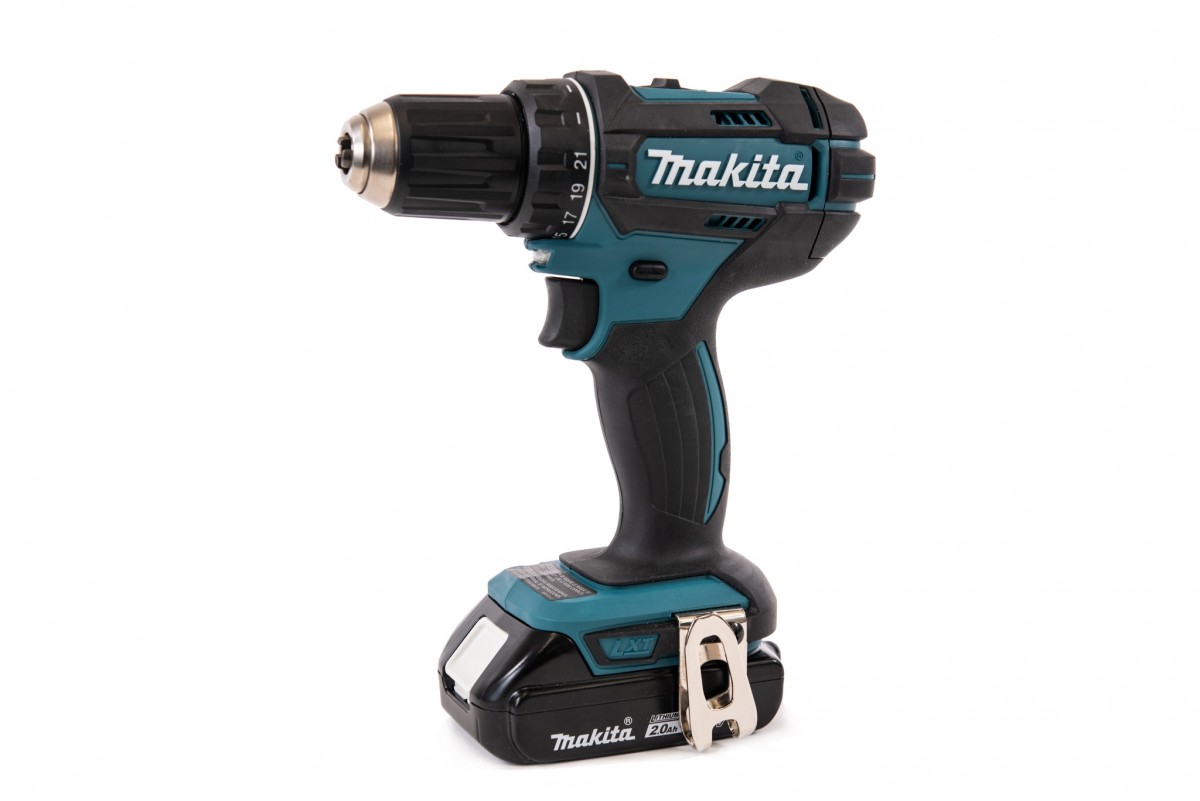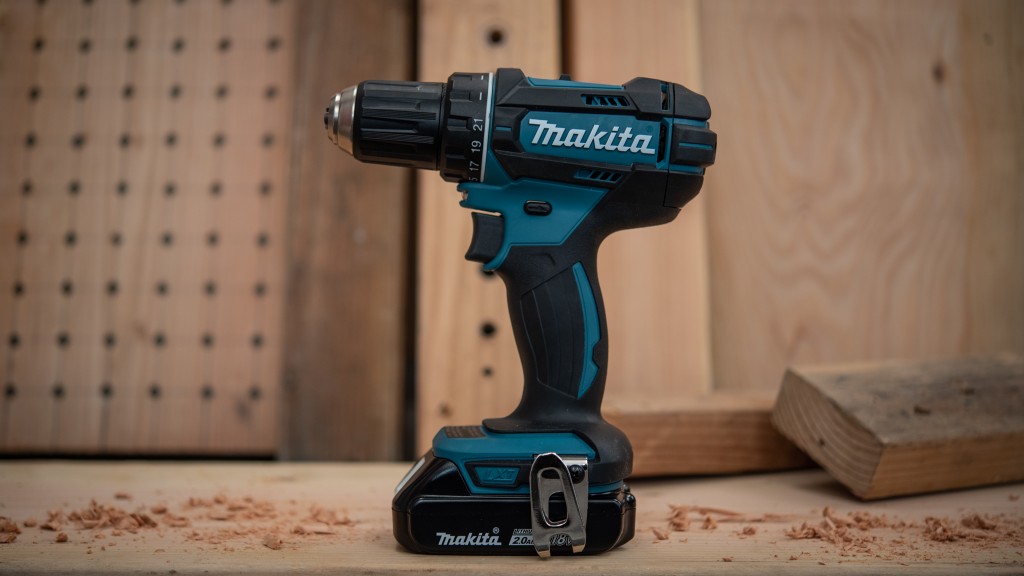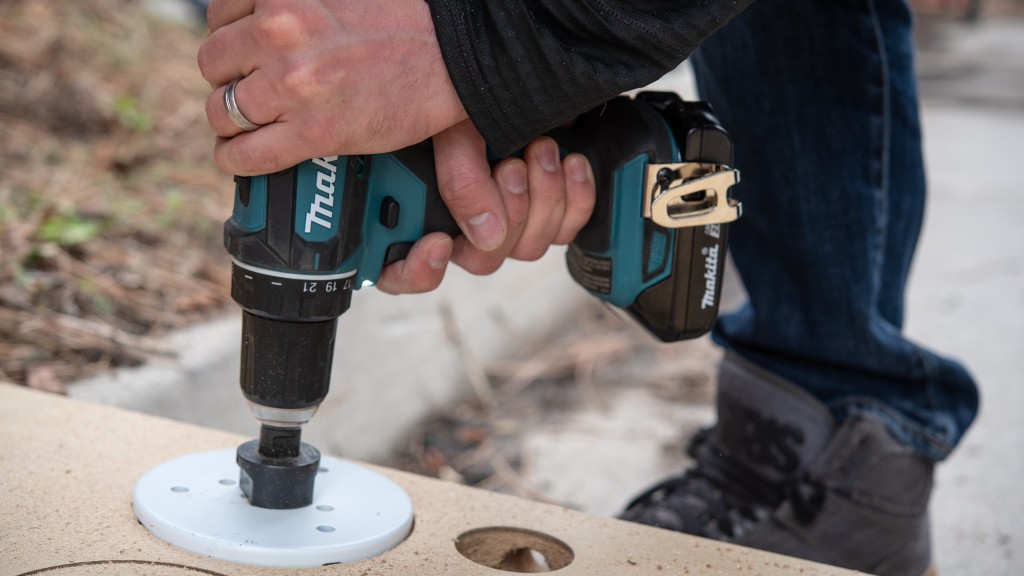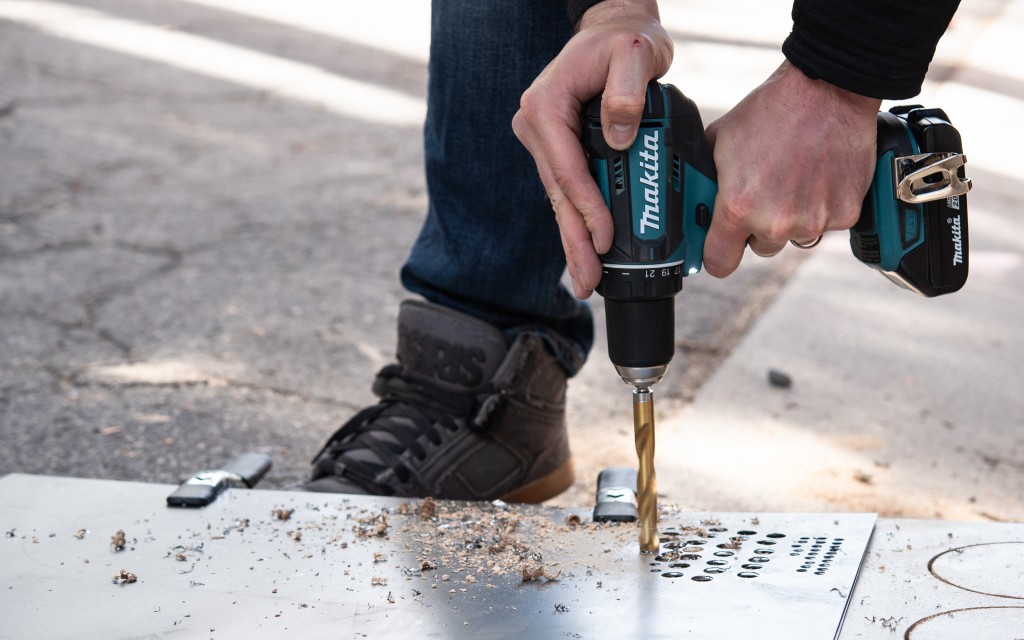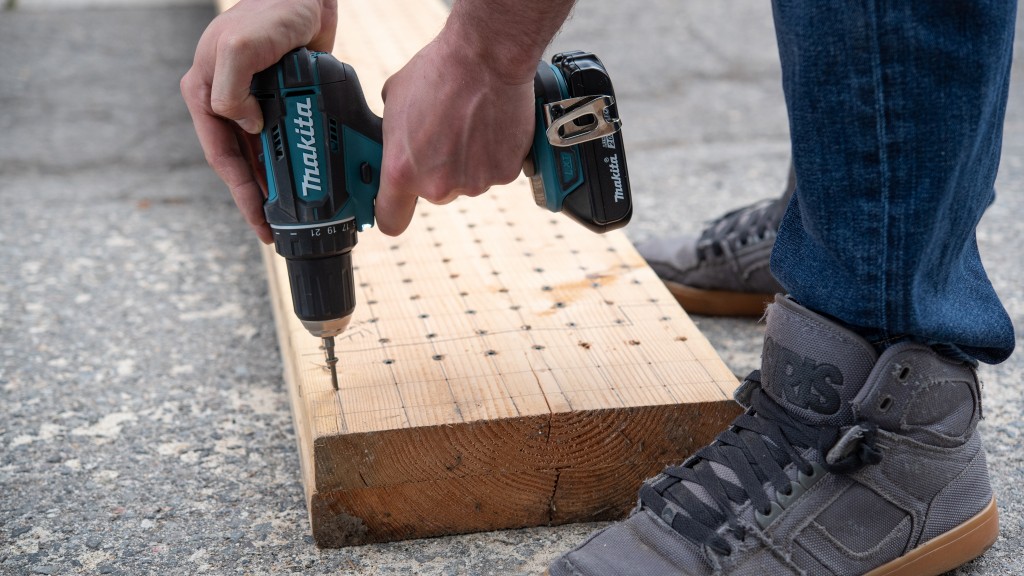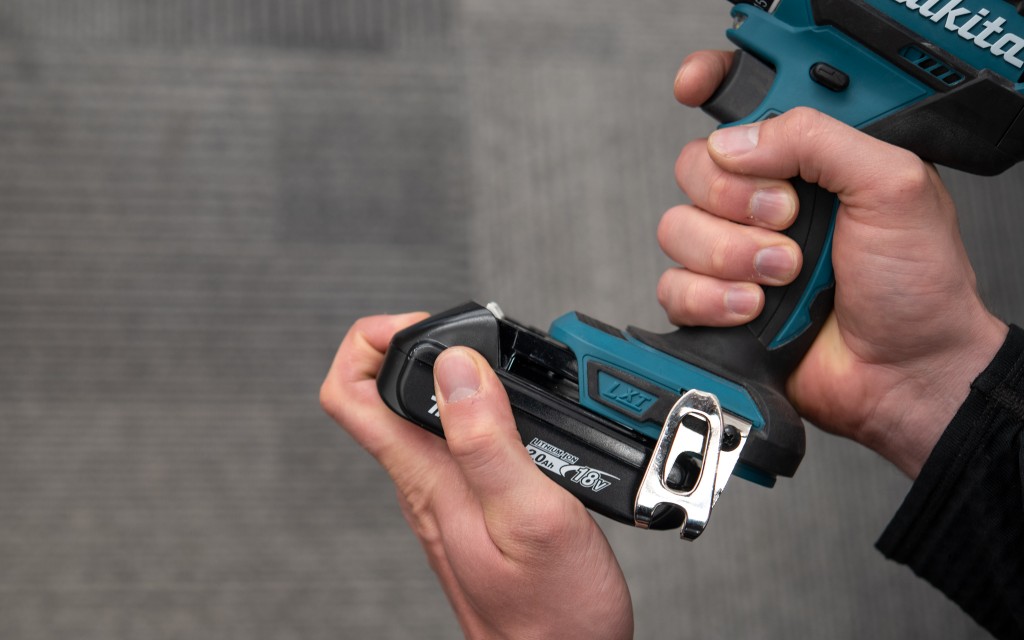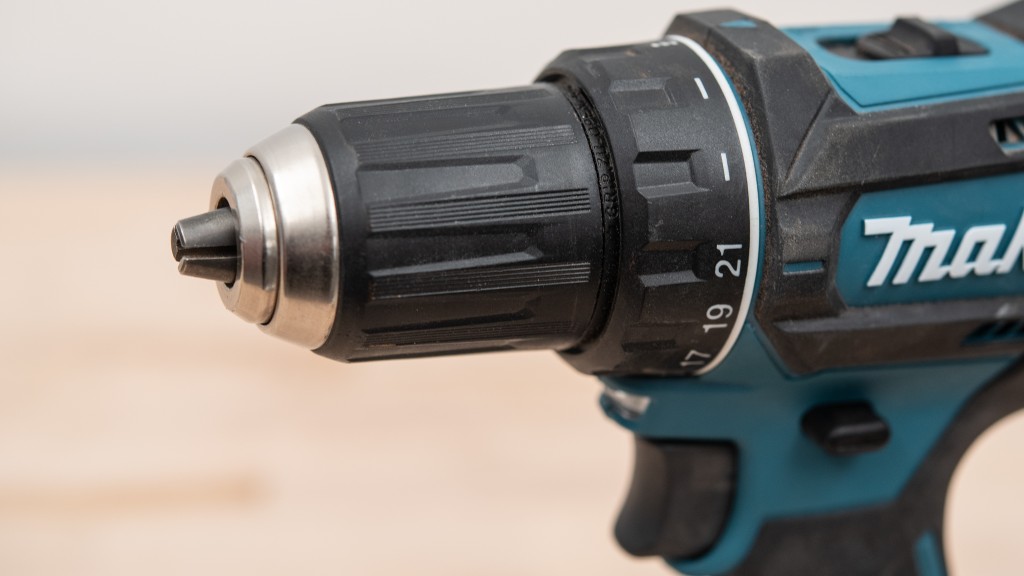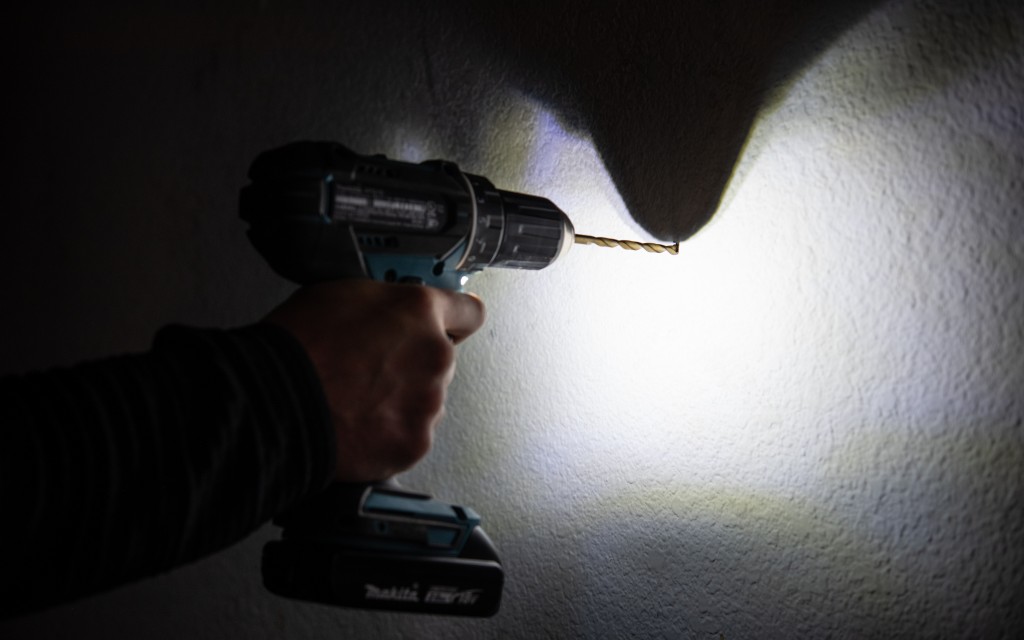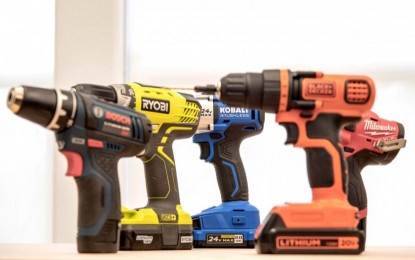Makita XFD10R Review
Our Verdict
Our Analysis and Test Results
The XFD10R finished just behind the 12-volt Bosch PS31-2A and ahead of the 12-volt DeWalt DCD710S2. The XFD10R is the most expensive of these drills but matched the Bosch when it came to drilling performance, battery life, and convenience features. However, the Bosch did outperform the Makita when it came to driving. The DeWalt falls short of the Makita when it came to drilling power, battery life, and features but did match it when it came to driving in fasteners.
Performance Comparison
To rate the performance of the Makita XFD10R, we bought it — and all the other drills in this review — and tested it head-to-head against the rest of the drills. We divvied these tests into four separate testing categories, with the XFD10R's performance in each of them discussed below.
Drilling
The XFD10R did slightly above average in this test, earning a 6 out of 10. We used three tests to assess performance for this metric, which accounts for 35% of the final point tally.
Our first test with this drill was using it to drill several holes in a 2x12 piece of dimensional lumber with a 1" spade bit. The XFD10R handled this test with total ease, drilling the holes extremely quickly and easily. It never stalled out or showed any sign of a struggle at all.
It struggled a little more at drilling through the steel sheet but still made it through without too much of an issue. It took a little longer than the top drills to make it through the 16 gauge sheet with the ¼" drill but still only took about 2.4 seconds. It did about average with the ½" drill, taking 5-7 seconds to drill through but never stalled out.
Unfortunately, the XFD10R didn't do all that well with the 5" hole saw test. It made it through once, but the battery randomly died on us in all the other trials. We started with a fully charged battery and started drilling. After 20-30 seconds, the drill would stop and the battery indicator would show that it was completely dead, with it failing to work again until we put it on the charger long enough to fully recharge. We aren't sure if this is triggering some safety mechanism or if it is actually depleting the battery that fast, but we did contact Makita customer support and they didn't really provide any more clarity besides telling us to take it to a service center. This also happened with both of the included batteries in our tests.
Driving
After scoring the XFD10R's so-so drilling performance, we then moved on to rating and comparing how easily and quickly it is at driving in fasteners. These tests also account for 35% of the total score for the XFD10R, which earned a 4 out of 10 for its lackluster showing.
The Makita did an excellent job at driving in the 3" long, #9 wood screws, setting the countersunk heads in a controlled manner extremely quickly.
However, the XFD10R did very poorly in our second test: driving in a 5" long, ½" diameter lag screw. It seemed like it was doing very well at the start of the test but then we encountered the same battery issue from before.
Included Battery
Our next series of tests assessed the battery performance of the XFD10R, which — unsurprisingly after its previous showings — didn't do all that well, earning another 4 out of 10. This metric is responsible for 20% of this tool's overall score and is based on the XFD10R's effective runtime, the time it took to recharge a dead battery, and the number of batteries included.
To compare the effective battery life of each drill, we started them with a completely charged battery, then set them to work alternating between driving in 16 of the #9 wood screws from the earlier tests and drilling three holes with the spade bit. The XFD10R only made it through three sets of this before dying, while the best tools made it double or even triple that before dying.
However, the Makita did earn some bonus points by including a pair of batteries and by recharging extremely quickly, taking less than half an hour to totally refill a dead battery.
Convenience
For the last component of the Makita's total score — constituting the leftover 10% — we compared and judged any convenience features that this tool has to improve your workflow, as well as how its specs stacked up against the rest of competition. This drill did decently well, meriting a 6 out of 10.
This cordless drill is about average in weight (3 lbs., 6 ozs.) and includes a belt clip near the battery for hands-free transport. It has two gear ratios so you can maximize speed or torque, depending on whatever your project requires, and the chuck can expand to a maximum size of ½".
It has an integrated work light that is really bright, but we found the light on the XFD10R created a shadow across where you were working most of the time in our tests.
We did like that this Makita drill does have a battery charge indicator right on the battery and that it is fairly easy to insert or remove a battery, though the locking release button can be a bit weird.
Value
We didn't think that the Makita is a great value, as it performed relatively poorly in our tests but it is priced like a top-tier tool.
Conclusion
Overall, we weren't really enthused with the performance of the XFD10R in our tests. It scored comparably to drills that cost significantly less and couldn't really compare to the performance of the best drills.


